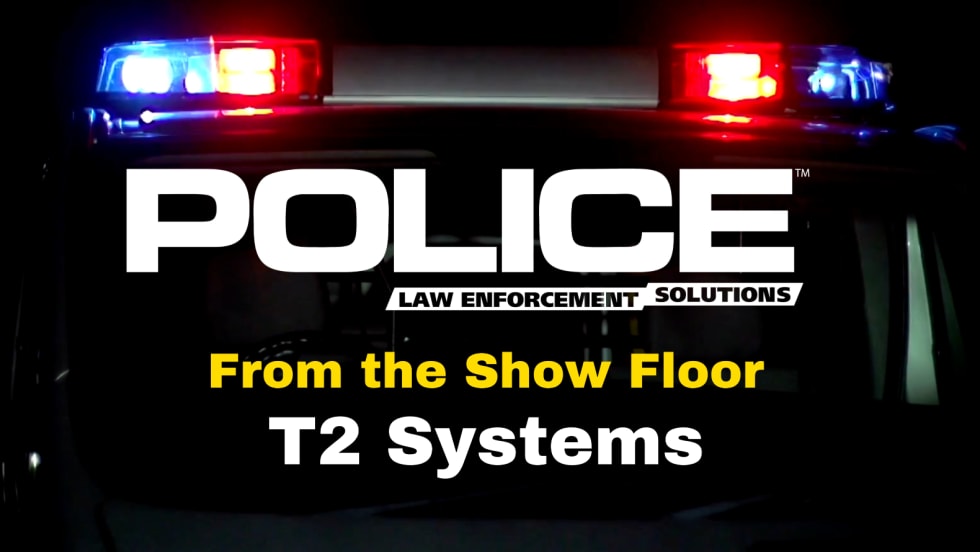Maryland v. Shatzer
Edwards, Roberson, and Minnick all involved suspects who had been held in continuous custody between the initial invocation of counsel and the subsequent interrogation. These cases also involved police-initiated interrogation. In Oregon v. Bradshaw, the court held that a suspect who has invoked either of his Miranda rights can always change his mind and initiate discussions with police; following a waiver, questioning can then proceed.
In another case (McNeil v. Wisconsin), the court suggested that the Edwards rule would only apply if the suspect remained in continuous custody following his request for counsel. The implication was that a release from custody would cut off the Edwards rule, and future interrogation might be possible. The court recently examined this issue.
Michael Blaine Shatzer was already serving a prison term for one child molestation conviction when a Maryland officer went to the Hagerstown prison to question him about another molestation case. Shatzer responded to a Miranda warning by declining to speak without an attorney, so questioning ended. More than two years later, another officer visited Shatzer, who was still a state prisoner, and obtained both a waiver and an incriminating statement. Shatzer was then put on trial in the second case, and he moved to suppress his statements on Edwards grounds. The Maryland appellate court suppressed the statements, ruling that since Shatzer had remained in continuous custody after having invoked his Miranda right to counsel, his statements were inadmissible under Edwards.
On appeal, the U.S. Supreme Court reversed. The court majority held that there was no justification for making application of the Edwards rule "eternal," or for giving the suspect immunity from questioning for some indefinite period of time following an invocation of counsel. Instead, the court arbitrarily settled on a new rule that if a suspect has been released from custody for at least 14 days before re-interrogation is attempted, a prior invocation of counsel does not prevent obtaining a valid waiver and an admissible statement, whether on the same case or a different one.













